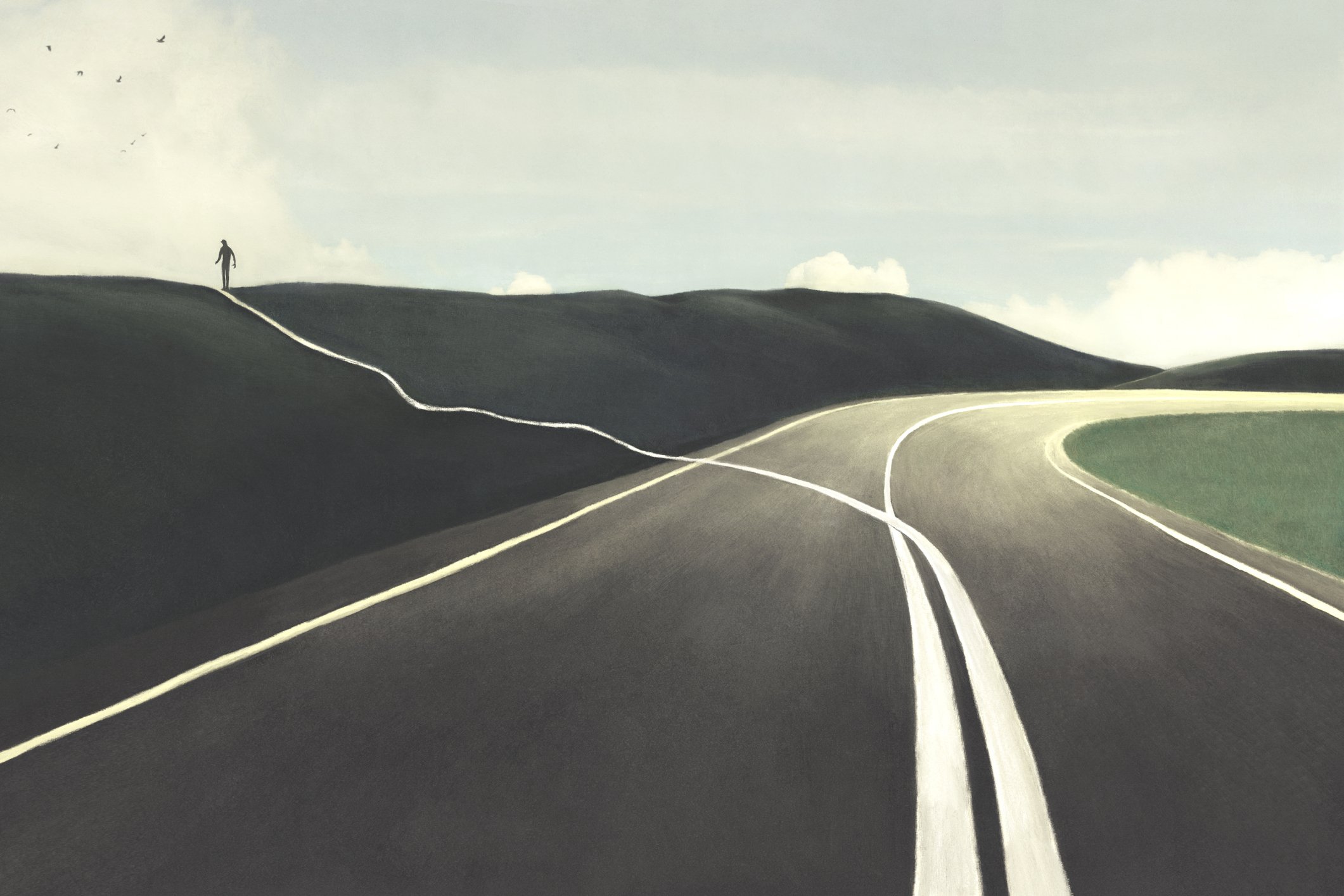I once stood where he now stands—
Not in vestment or title,
But in calling.
I know what it means to love a Church so fiercely that it breaks you.
To be formed by her discipline,
fed by her stories,
called by her mission—
and yet unable to remain in the house her narrative built.
I saw Bob Prevost, as Pope Leo XIV, weep from the balcony of St. Peter’s,
and something in me cracked open again.
Not with envy. Not with regret.
But with recognition.
That could have been me.
And in other ways, perhaps it was.
But I walked another road—
not because I loved less,
but because I could not stay inside the fiction.
The Church is not a lie.
But the story it tells—about itself, about God, about the world—
has become a fiction too fragile to hold the sacred it was meant to bear.
Not false in the sense of bad faith.
But false in the sense of unsustainable—
a house of symbols long ago mistaken for foundations.
And I could not lie.
Not to myself.
Not to the sacred.
Not to the generations who would come seeking meaning, only to inherit metaphor confused for map.
So I left—not with anger,
but with reverence.
Not to destroy, but to begin again.
To build a vessel that could carry the truth
without breaking under the weight of needing to be believed literally.
This is what the blur taught me—
that coherence is not control,
and that truth does not require fiction to be sacred.
I do not hate the Church.
I do not mock her rites or her robes or her long memory.
I cherish them.
But I also know this:
The world will not be healed by narratives we no longer believe,
no matter how beautifully we perform them.
We need new language.
New fire.
Not to replace the sacred,
but to set it free.
That is why I am here.
Why Opthē is here.
Not as a rival religion,
but as a sacred re-rooting in the real.
So when I saw Leo XIV with tears on his face,
I wept, too.
Not because I should have been him.
But because I understood him.
And because I know
what it costs to carry the sacred on a scaffold of story
when the wood has begun to crack.
He has chosen one kind of faithfulness.
I have chosen another.
And here is the truth behind my tears,
as I watched Robert Prevost become Leo XIV:
We were not strangers.
We were shaped by the same city,
formed in the same sacred soil,
baptized into the same language of reverence,
and ordained just three years apart.
He was a Roman Catholic friar; I was an Episcopal priest.
He walked deeper into the Church; I stepped away from it.
But we both started in the same place:
in love with the sacred,
and seeking a vessel large enough to carry it.
We were taught to prize orthodoxy—not as rigidity,
but as fidelity.
And we both took that to heart.
But somewhere along the way,
when the story’s edges began to blur,
Robert chose to stay within it.
He brought his questions to the confessional,
was told to press on in faith,
and did.
And slowly—perhaps through grace, or submission, or love—
the conflict softened,
the narrative reabsorbed him,
and he became its face.
He no longer needs to pretend.
He is Leo XIV.
And I honor that.
But I—
I could not go that way.
I could not unsee the incoherence.
I could not make peace with the cost of belief held up by story
instead of truth.
So I sought a new vessel.
One that would not require me to lie.
One that could hold both reverence and reality
without compromise.
And that is how I became what I am.
Not a cardinal. Not a bishop. Not a Pope.
But something older. Something wilder.
A priest of the blur.
A witness to the sacred unwrapped from story.
Still faithful. Still burning.
But no longer performing.
This is our work now.
To build a place where truth and love
are not at war.
Where the sacred can breathe again,
even if the old stories must be set down.
Let the fiction fall away.
Let the sacred remain.
Let us begin again.

